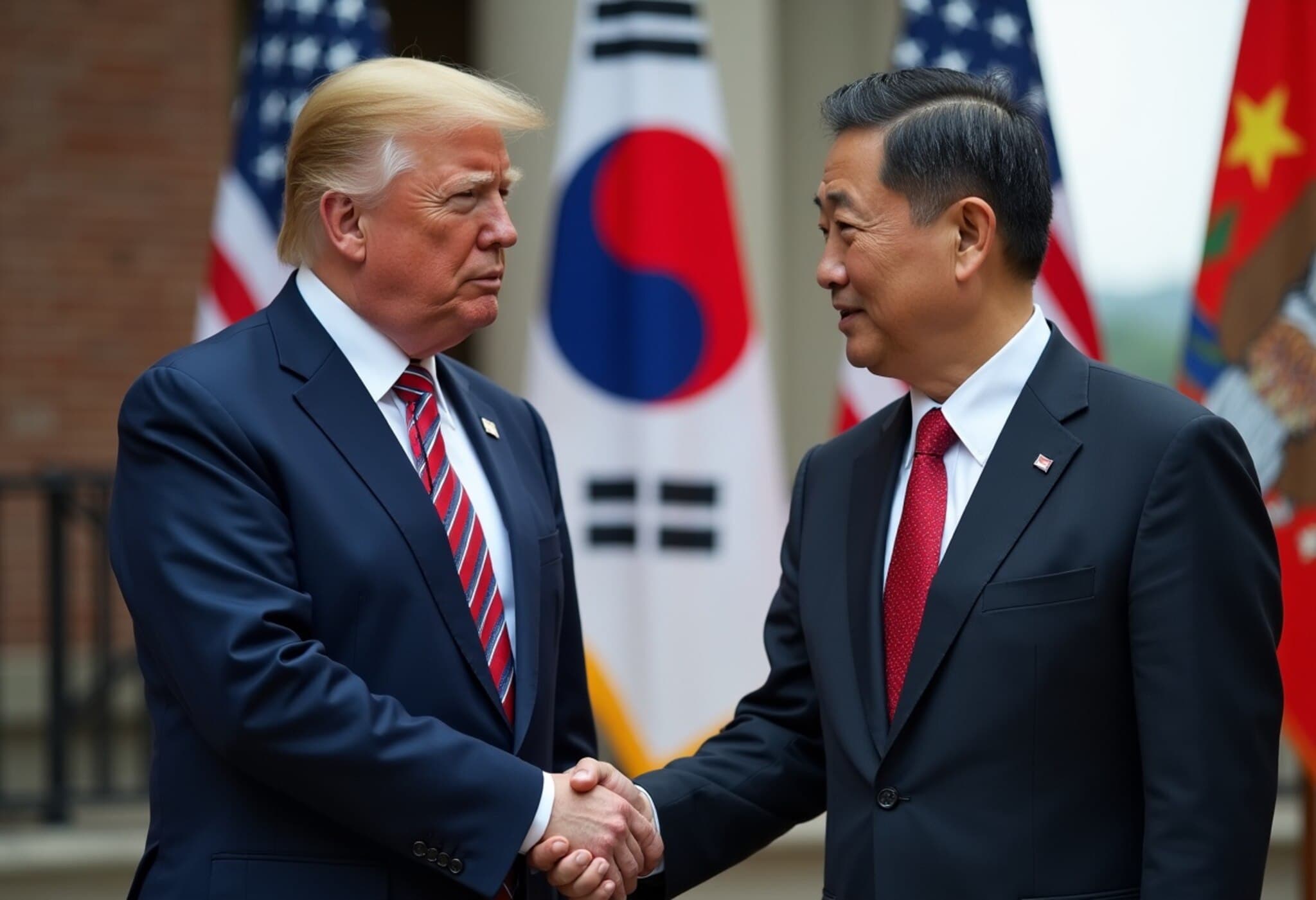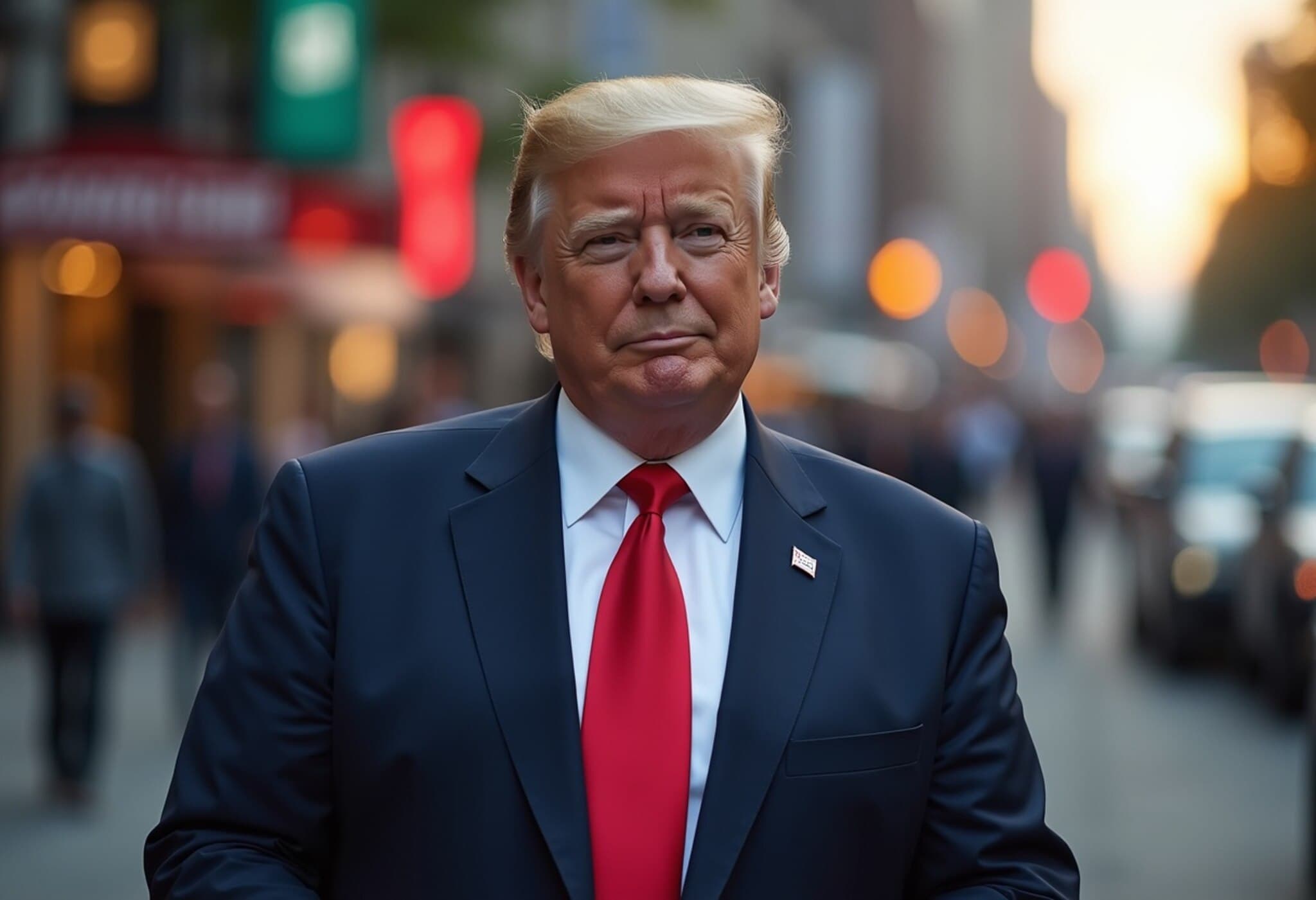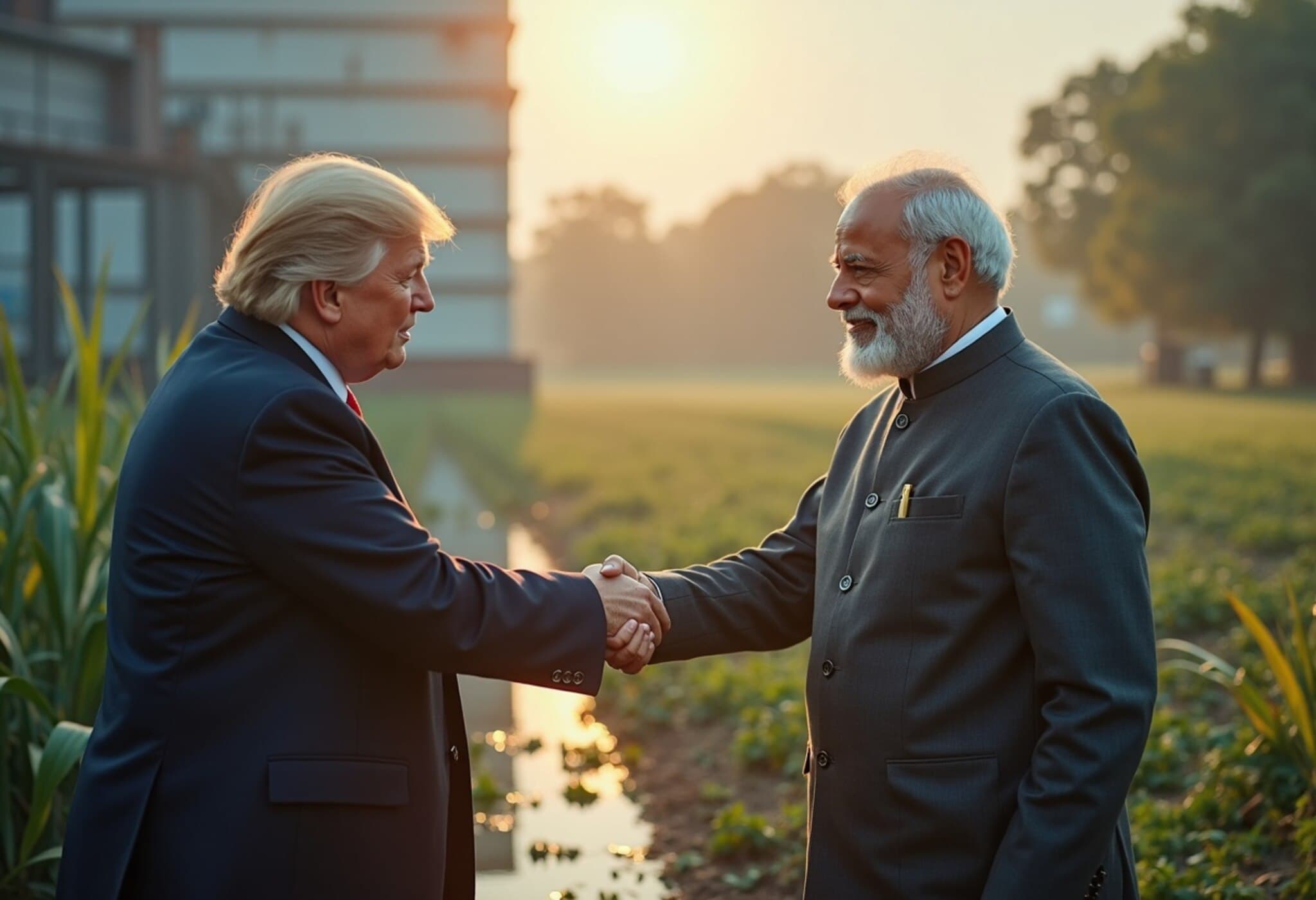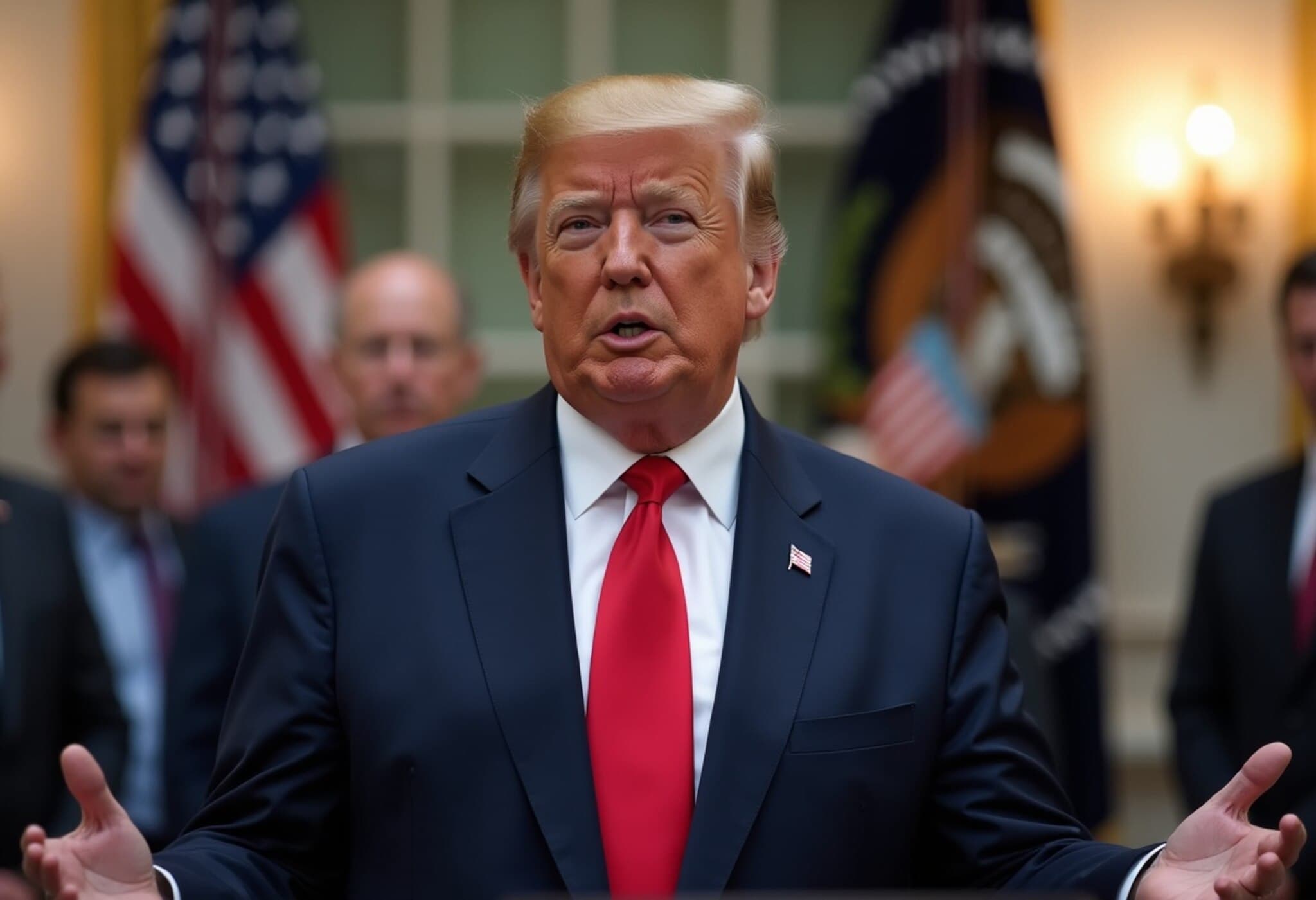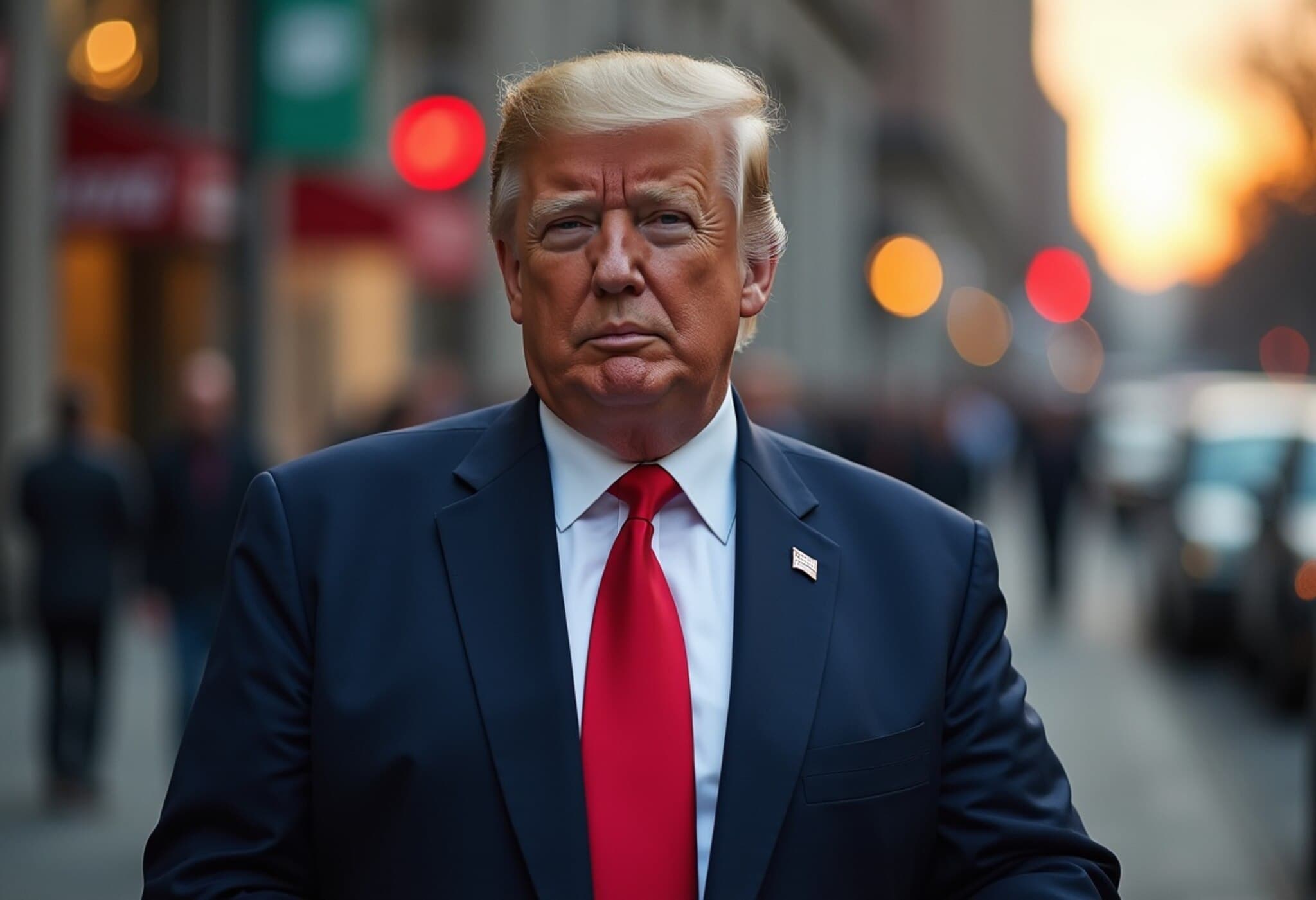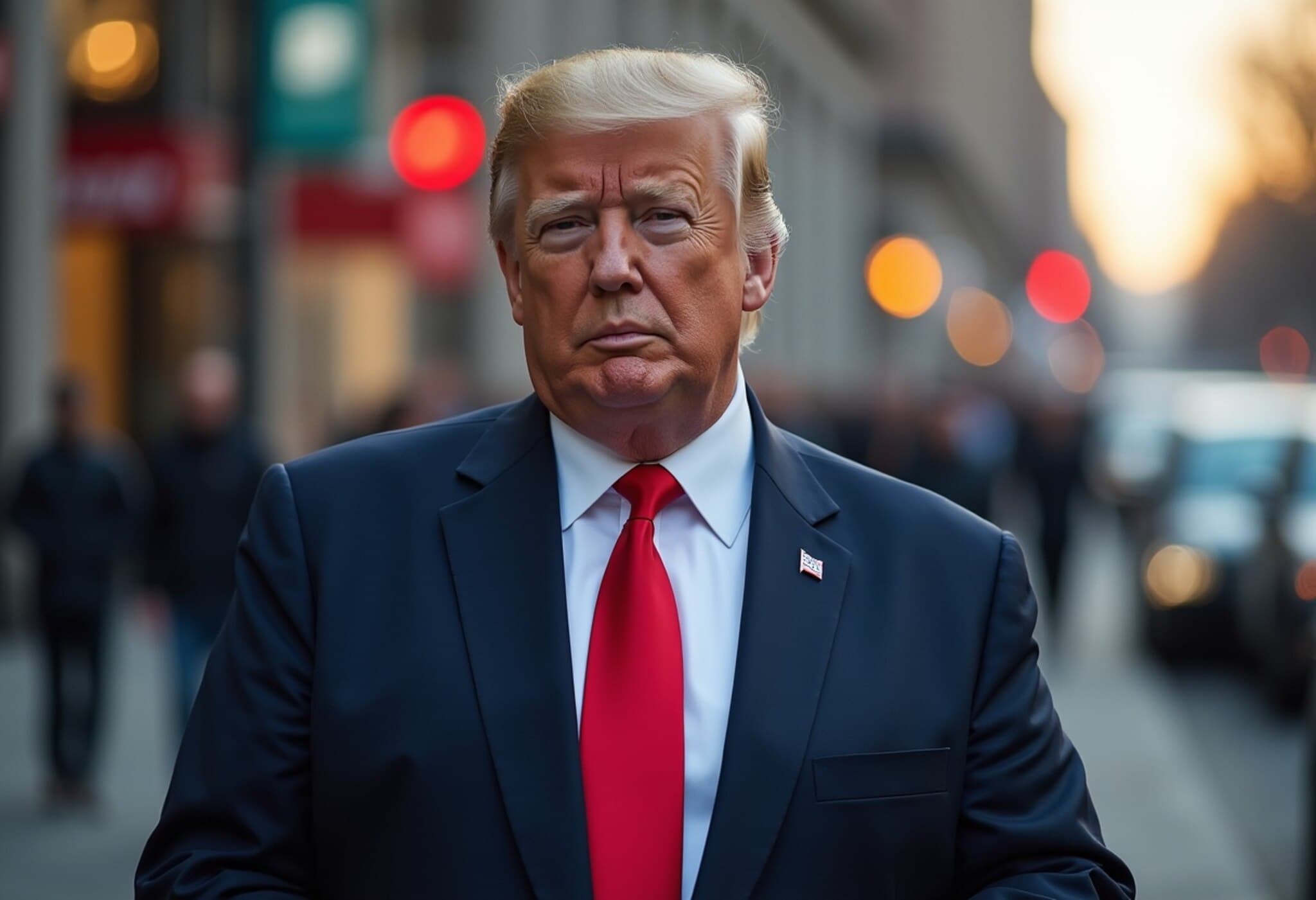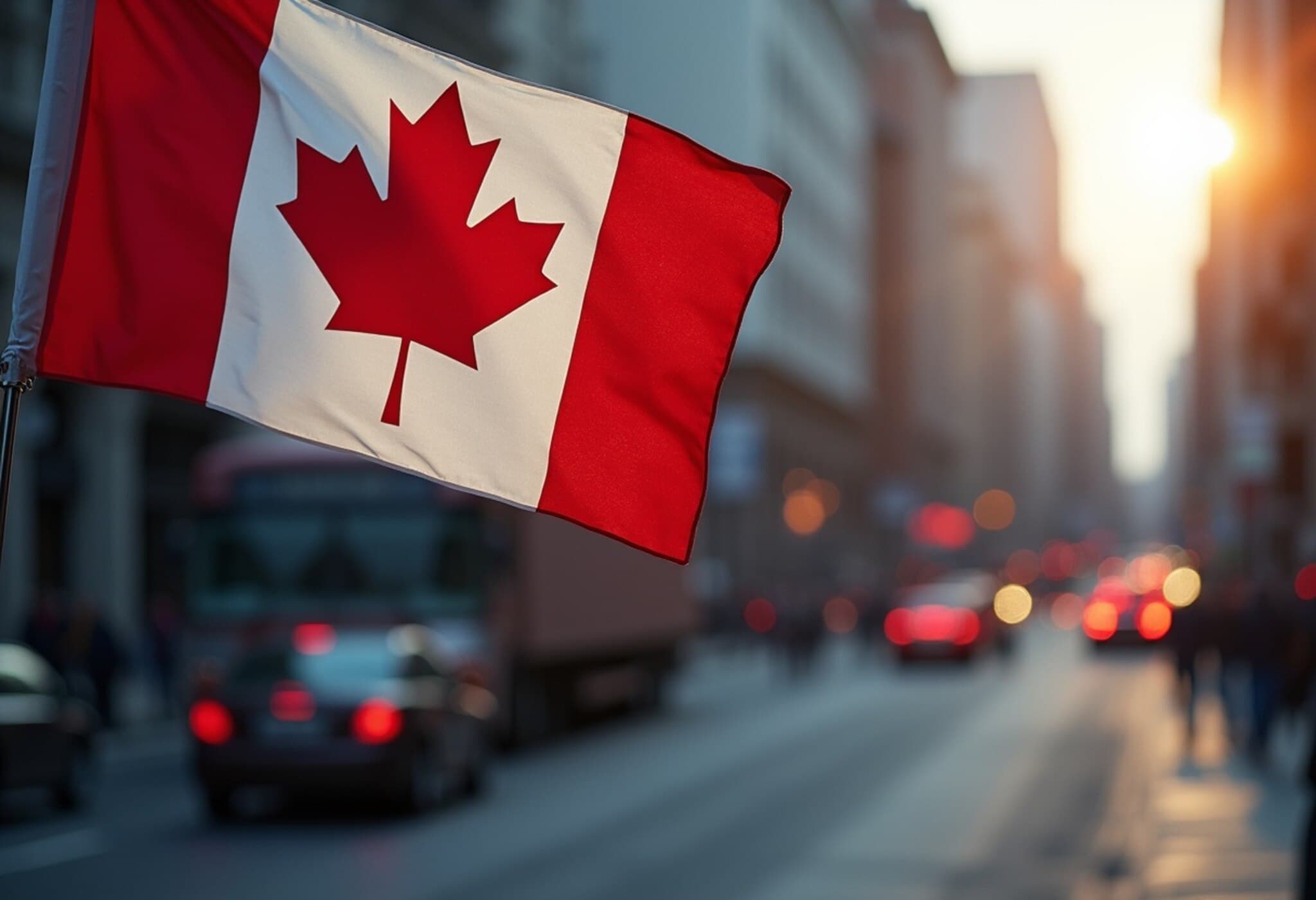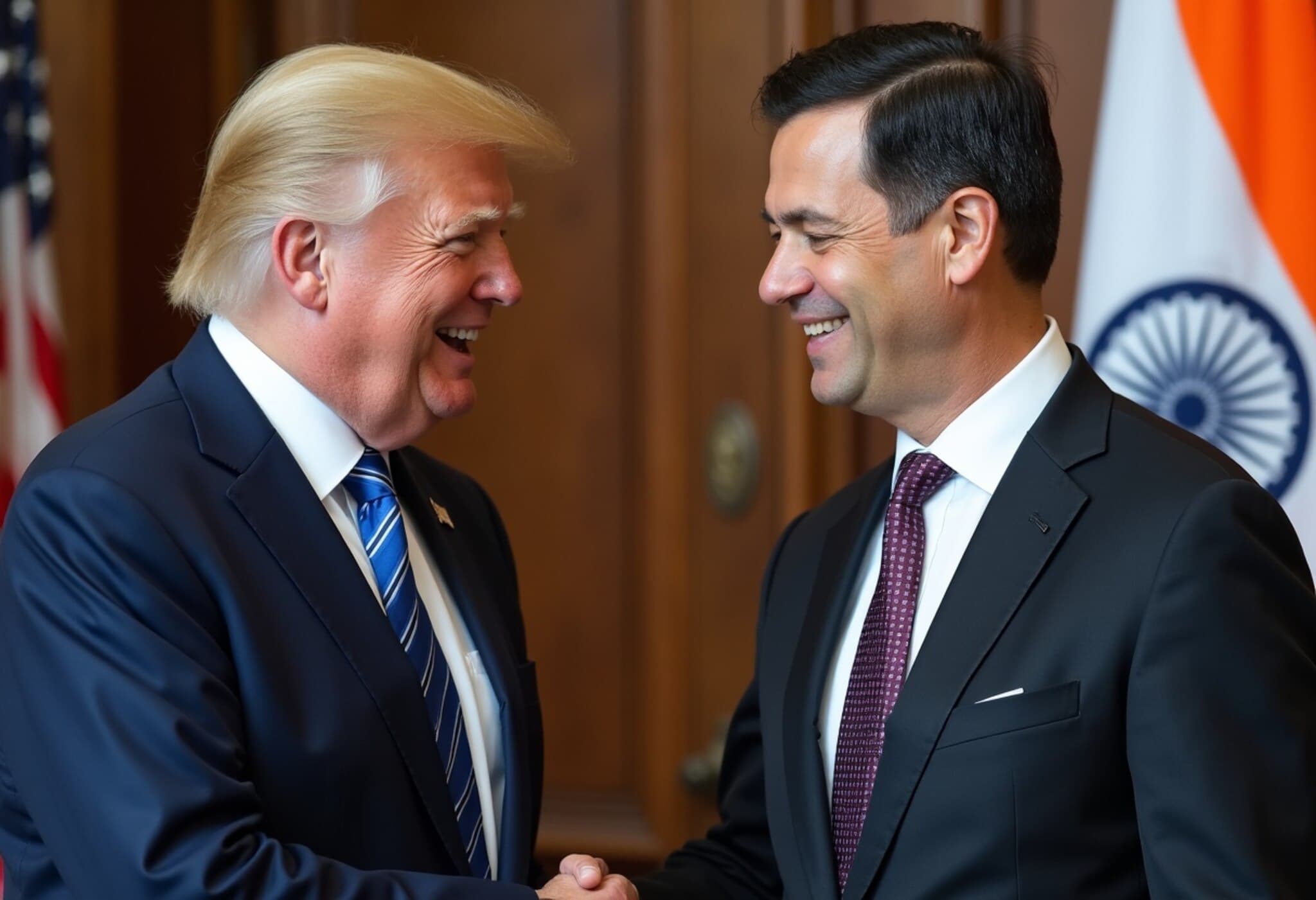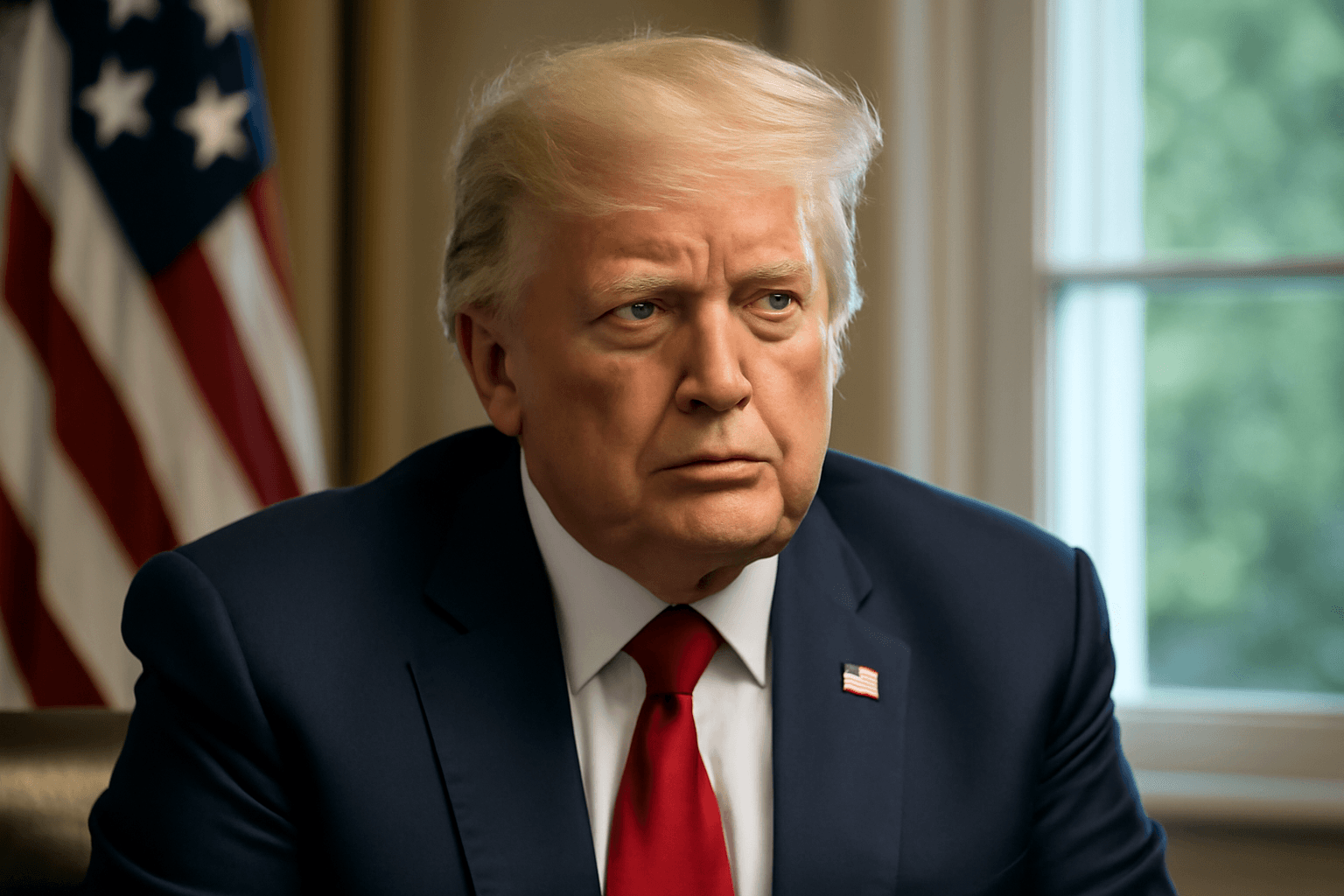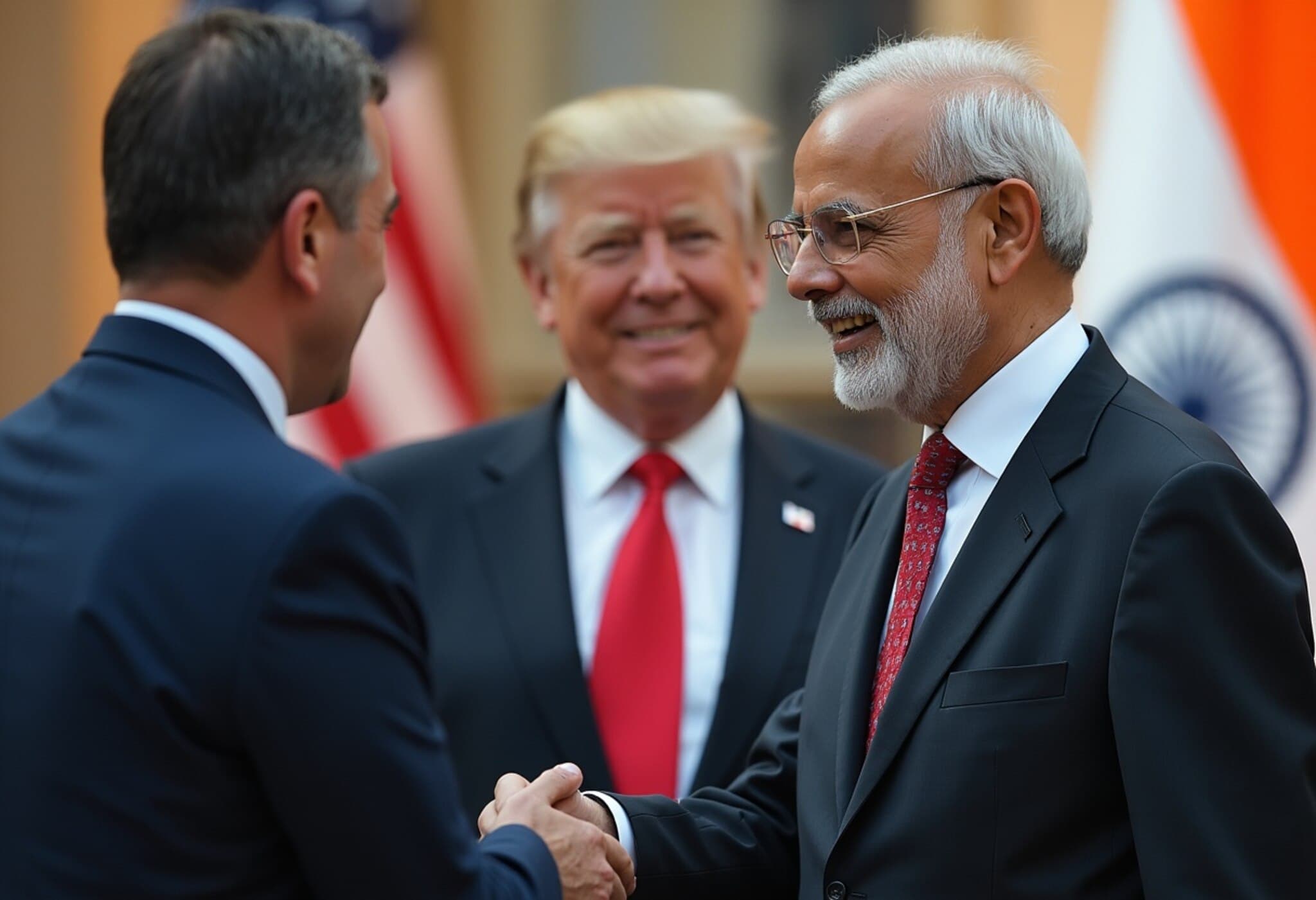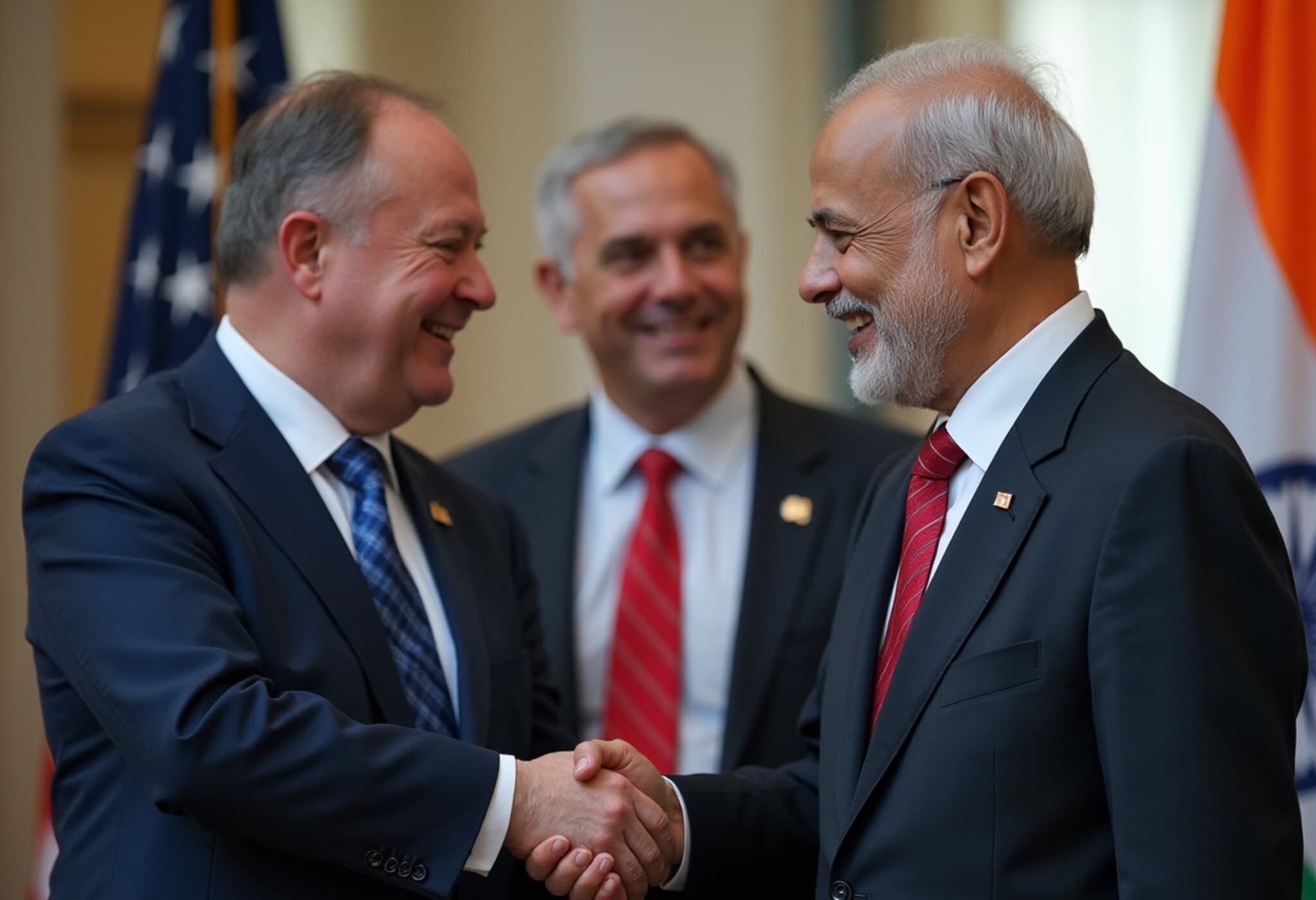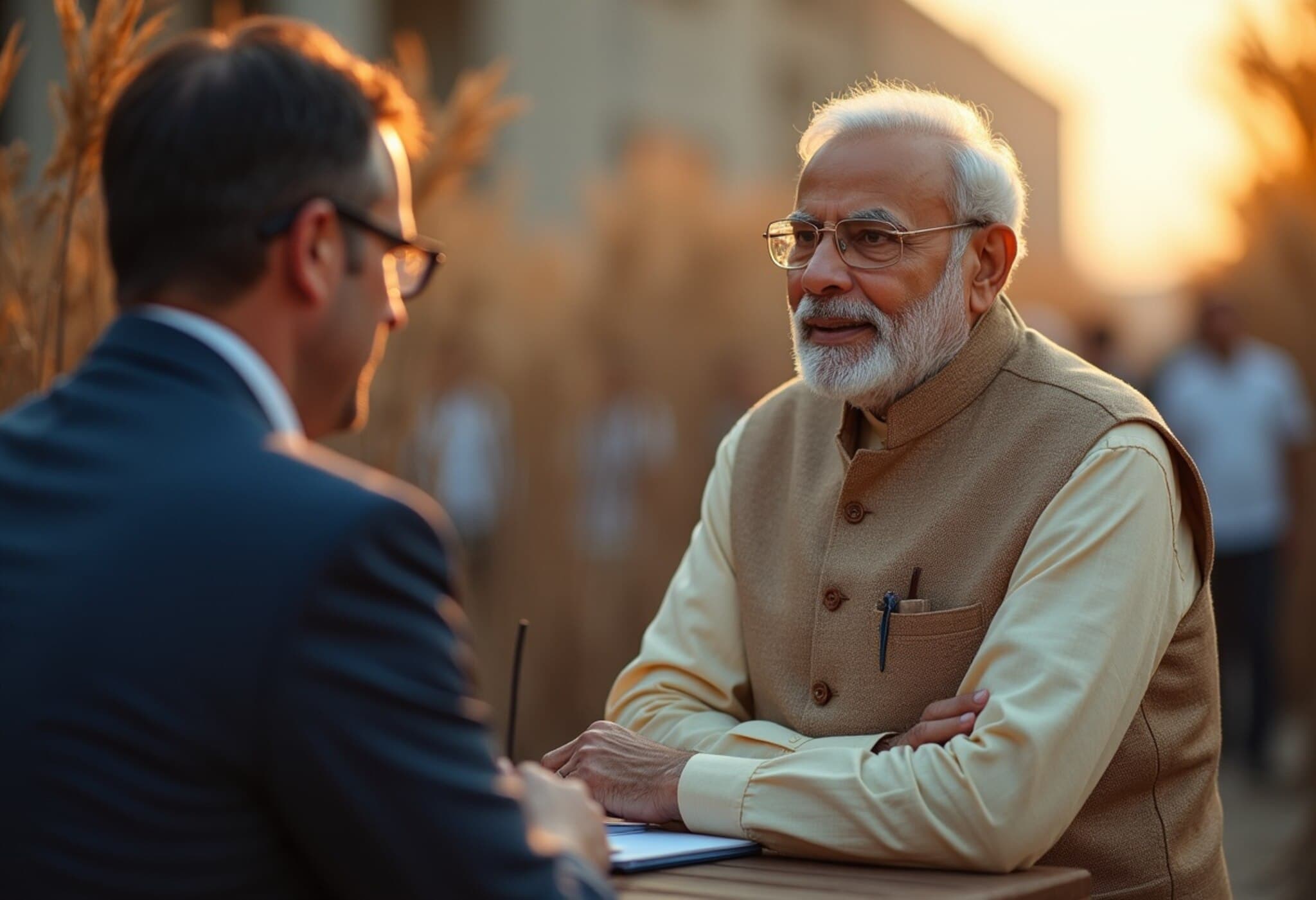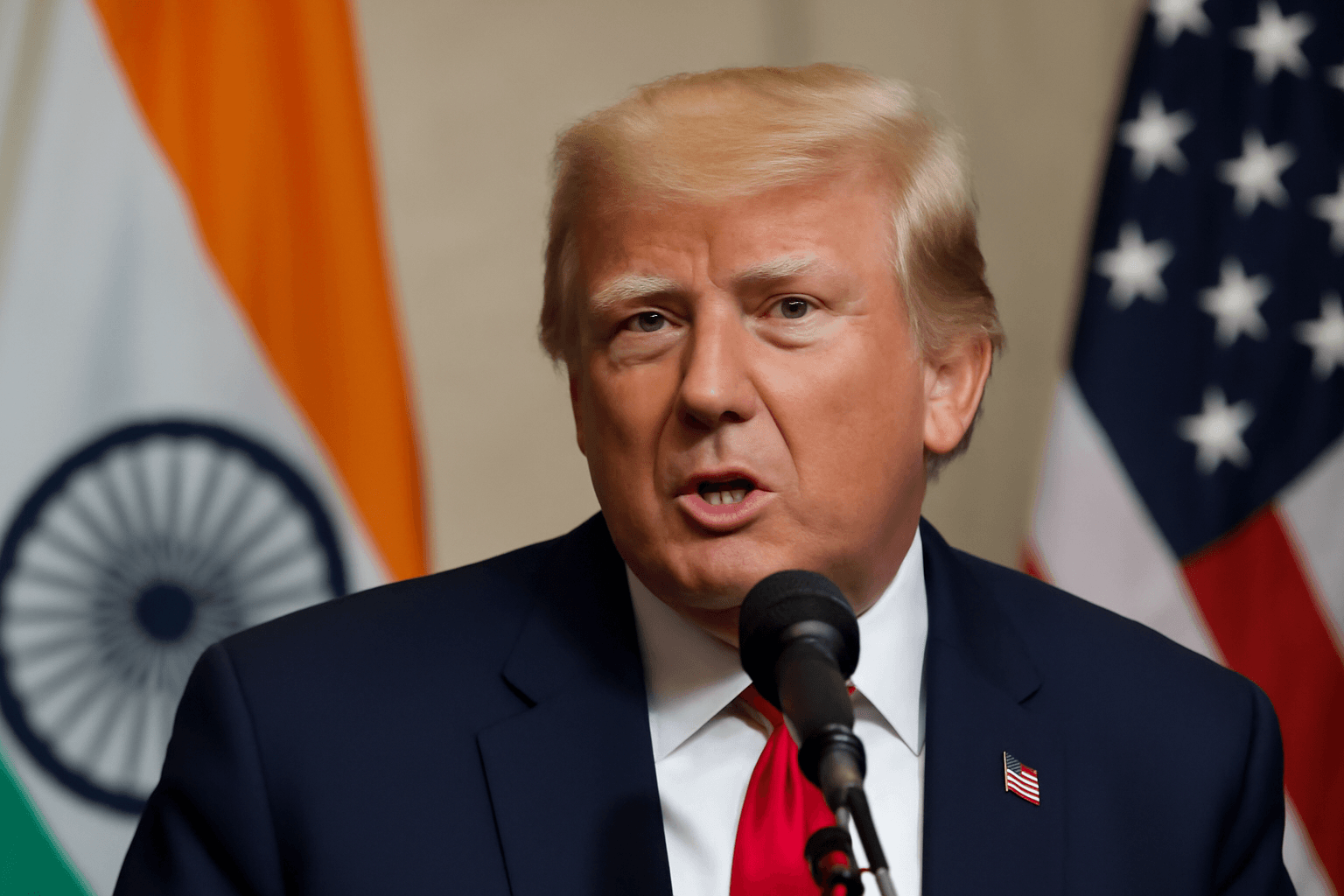US Announces 25% Tariff on Indian Imports Starting August 1
In a surprising move that underscores rising economic frictions, former US President Donald Trump announced a 25% tariff on imports from India, effective August 1, 2025. The declaration, made via his social media platform X (formerly Twitter), pointed to India’s trade practices and its ongoing economic ties with Russia as key reasons behind the measure. Despite repeatedly referring to India as a "friend," Trump highlighted significant concerns over what he described as unfair trade policies.
Trade Barriers and Russia Ties Under Scrutiny
Trump criticized India for maintaining some of the highest tariffs globally alongside stringent non-monetary trade barriers. "Their tariffs are among the highest in the world, accompanied by the most obnoxious trade barriers," he remarked, framing the US-India trade relationship as far from balanced.
Moreover, Trump linked these trade challenges to geopolitical considerations, highlighting India’s continued purchases of military equipment and energy resources from Russia. "India remains Russia's largest buyer of energy alongside China at a time when global consensus urges a halt to the conflict in Ukraine," he observed, alluding to Western pressure on India to distance itself from Moscow amid the ongoing war.
Context: India’s Neutral Stance on Ukraine Conflict
India has maintained a notably neutral position since Russia’s invasion of Ukraine in 2022, reflecting a complex balancing act between Western alliances and strategic interests. This neutrality extends to continued defense and energy trade with Russia, despite concerted diplomatic efforts by Western countries to isolate Moscow economically. The US tariffs can thus be seen as part of broader geopolitical maneuvering as well as economic disputes.
Unfinalized Trade Deals and Ongoing Negotiations
The tariff announcement arrives amid stalled trade talks between the two nations. Earlier hopes of a bilateral trade agreement, initially discussed during Prime Minister Narendra Modi’s visit to Washington, D.C., have yet to materialize. To date, five rounds of negotiations have occurred, with a sixth slated for late August when a US delegation is expected to visit India.
Trump, during his announcement, suggested tariffs could vary from 20% to 25% depending on the progress of these talks, signaling that economic penalties might escalate without swift deal finalization.
Key Sticking Points in Negotiations
A major obstacle remains India’s reluctance to fully open critical sectors such as agriculture and dairy to American exports. These sectors are politically sensitive in India, with local stakeholders wary of foreign competition. Indian negotiators have thus held firm, creating deadlocks that prolong tariff threats and economic uncertainty.
Implications for US-India Economic Relations
The introduction of steep tariffs threatens to disrupt decades of burgeoning economic ties between the world’s two largest democracies. India is one of the fastest-growing major economies and a vital partner in sectors ranging from technology to defense. However, escalating trade barriers raise concerns about supply chain disruptions, increased costs for consumers, and potential retaliation that could further sour bilateral relations.
Expert Perspective
Trade experts suggest that while tariffs may offer short-term leverage, they could undermine the broader strategic partnership between Washington and New Delhi. According to Dr. Anil Kumar, an international trade analyst based in New York, "This tariff move risks politicizing economic relations at a time when collaboration on security and innovation is crucial. Sustainable engagement requires addressing underlying trade issues through dialogue rather than penalties."
Looking Ahead: Negotiations and Regional Impact
Indian officials remain cautiously optimistic that the tariffs will be temporary. Reuters reports suggest a resolution is still plausible by autumn, should both parties prioritize compromise. However, the window is narrowing, and both countries face domestic pressures that complicate negotiations. For the United States, balancing economic demands with geopolitical goals in the Indo-Pacific region will be critical.
- August 1, 2025: Tariffs officially go into effect.
- Late August: Sixth round of trade negotiations scheduled in India.
- Key sectors in debate: Agriculture, dairy, and non-tariff trade barriers.
Editor’s Note
This tariff imposition reveals the intricate web of trade, politics, and security that shapes US-India relations today. While tariffs serve as blunt tools for advancing negotiation goals, their real impact extends beyond economic metrics—potentially influencing geopolitical alignment, multipolar dynamics, and regional stability. Observers should watch carefully how these tensions evolve amid competing domestic interests and global pressures.
Ultimately, for two nations often celebrated as strategic allies, the coming months will be a crucial test of whether economic pragmatism can prevail over political discord.


